As I mentioned in my previous post, we miscalculated the time we needed to enjoy Avebury. I have the strong urge to visit the site again as soon as possible. On my brief visit I managed to capture a few photographs of some of the stones. I hope you enjoy them.
Avebury is a fascinating site that connects to other prominent features in the ancient landscape. What remains of the Avebury Circles is largely reconstructed. In the 1930s Alexander Keiller having purchased the site of Avebury and part of West Kennet Avenue started to excavate the site and in time restore the site to some of its former glory. Where stones had been removed he placed concrete plinths to mark their former position. The outbreak of WWII put a stop to the excavations and restoration. Sadly the excavations have never been resumed.
The monuments of Neolithic Avebury form one of the most complete prehistoric complexes in Europe.
The Avebury Circle (c2600 – 2100BC) is one of the largest henges in Britain. The monument, although undated by modern dating methodss, was probably constructed between the first and second phases of Stonehenge (3100 and 2100BC), and is roughly contemporary with the henges of Durrington Walls and Woodhenge. Unlike Stonehenge, the local Sarsen stones of Avebury Circles are of natural unworked stone.
The earliest monument in the complex is Windmill Hill, which was first occupied in c3700BC, during the Earlier Neolithic. The enclosures of the cause-wayed ‘camp’ were constructed c3250BC, and are contemporary with the earliest constructions at The Sanctuary.
The West Kennet Long Barrow (c3700 – 3500BC), is one of the largest and best-preserved chambered tombs in Britain. It was in use for over 1000 years.
Despite the detailed excavations at Silbury Hill (2700BC), the purpose of this larges man-made mound in Europe remains a mystery.
The West Kennet Avenue of standing stones (c2300-2000BC) was constructed as a ceremonial route linking the Avebury Circles with the structures of the Sanctuary.
The Alexander Keiller Museum at Avebury forms the interpretive centre of the complex. It contains many exciting finds and displays from excavations at Avebury and provides a graphic history of the monuments. *
*From ‘The Prehistoric Monuments of Avebury’ by English Heritage – 1994 edition.
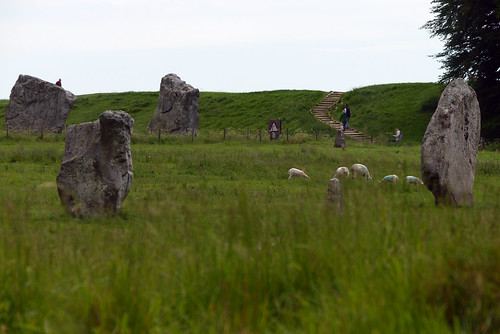
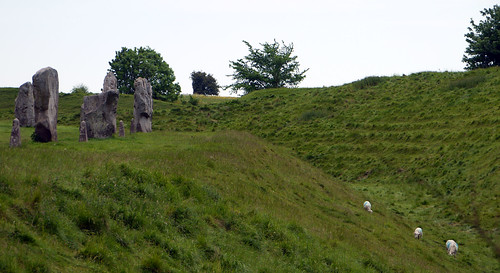
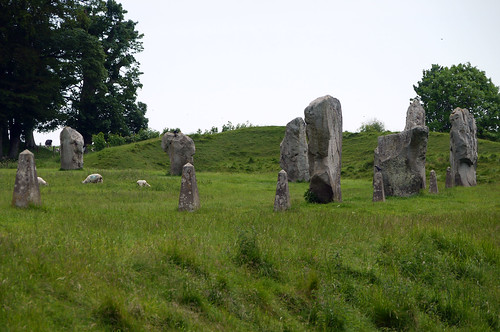

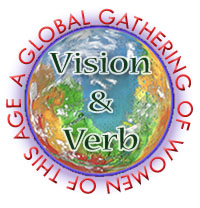




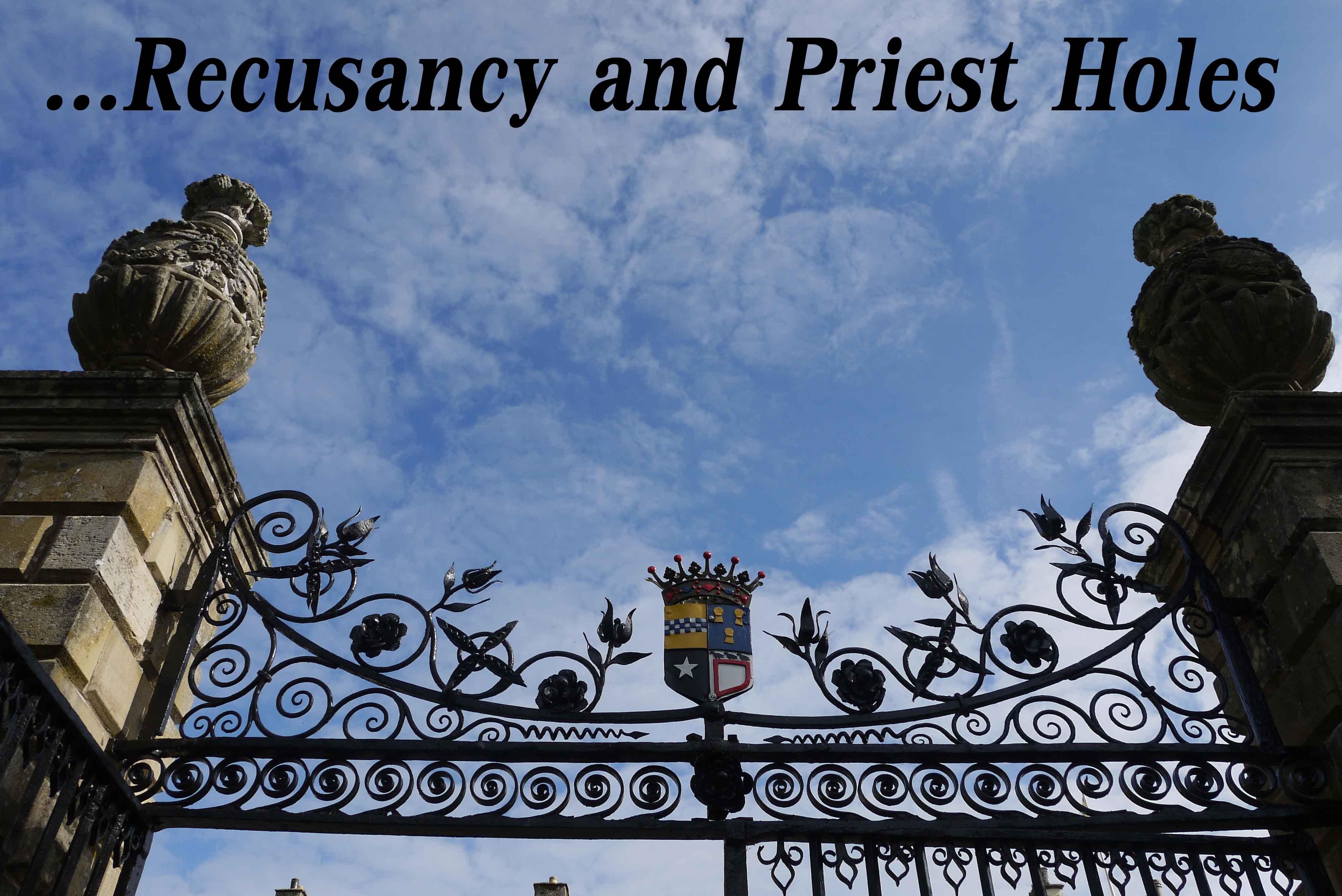
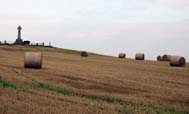
Your photos are stunning and your knowledge fascinating. Is that sheep grazing amongst the monuments? Are these privately owned still? And that staircase yonder. Do you have close-up photos of that? They look interesting.
Yes they are sheep. I believe they are still privately owned but looked after an maintained by the National Trust.
I enjoyed all three pictures of the Avebury Circle and the sheep seem to be quite at home there…
it’s amazing that they are able to put a date as to when they were built… i enjoyed the history very much Cherie… thank you….peter:)
These sites are continually being reassessed as more research and more evidence is found.
Fascinating and informative! Thank you!
I am glad you found it interesting
I think you will not regret going back to Avebury. We have many wonderful memories of the place and there is so much to see and the walks are wonderful.
Great pictures.
It is a lovely part of the world. Next time I intend to walk all around the stones.
Avebury is more personal.
You get to feel the stones, touch them.
Whereas, Stonehenge is only once a year. He he..
Well you can get up close to the stones at Stonehenge at other times of year, but I know what you mean about Avebury. I have the strong urge to go back to explore the stones properly
Are you henge-hopping just now, Cherie?
I was on a pilgrimage to visit Salisbury Cathedral after so many years. Stonehenge was also calling me. I now realise that I should have paid more attention to Avebury – the stones are calling me back!
Stone circles are fascinating and found in the most obscure places. I remember once meeting an under experienced and under dressed man on the far Eastern fells with a hard back book on the subject ( as a map I hasten to add) looking for one to the east of Ullswater. I also came a cross a mini stone circle at Kinniside.
Stone circles are fascinating, especially when you look into them further. They seem to have similar measurements and alignments. How could that be?
Wow, how fascinating. I did not fully appreciate how many different henges, tombs and structures there were in the area. I wish we knew more about that period of our history. I’ve always believed there was magic on the British Isles prior to the arrival of the Romans and Christianity.
Our ancestors certainly knew more than most people give them credit for. This time in history is fascinating.
An interesting National Trust house there too.
We didn’t get time for that. It is on our list as part of our next visit to Avebury.